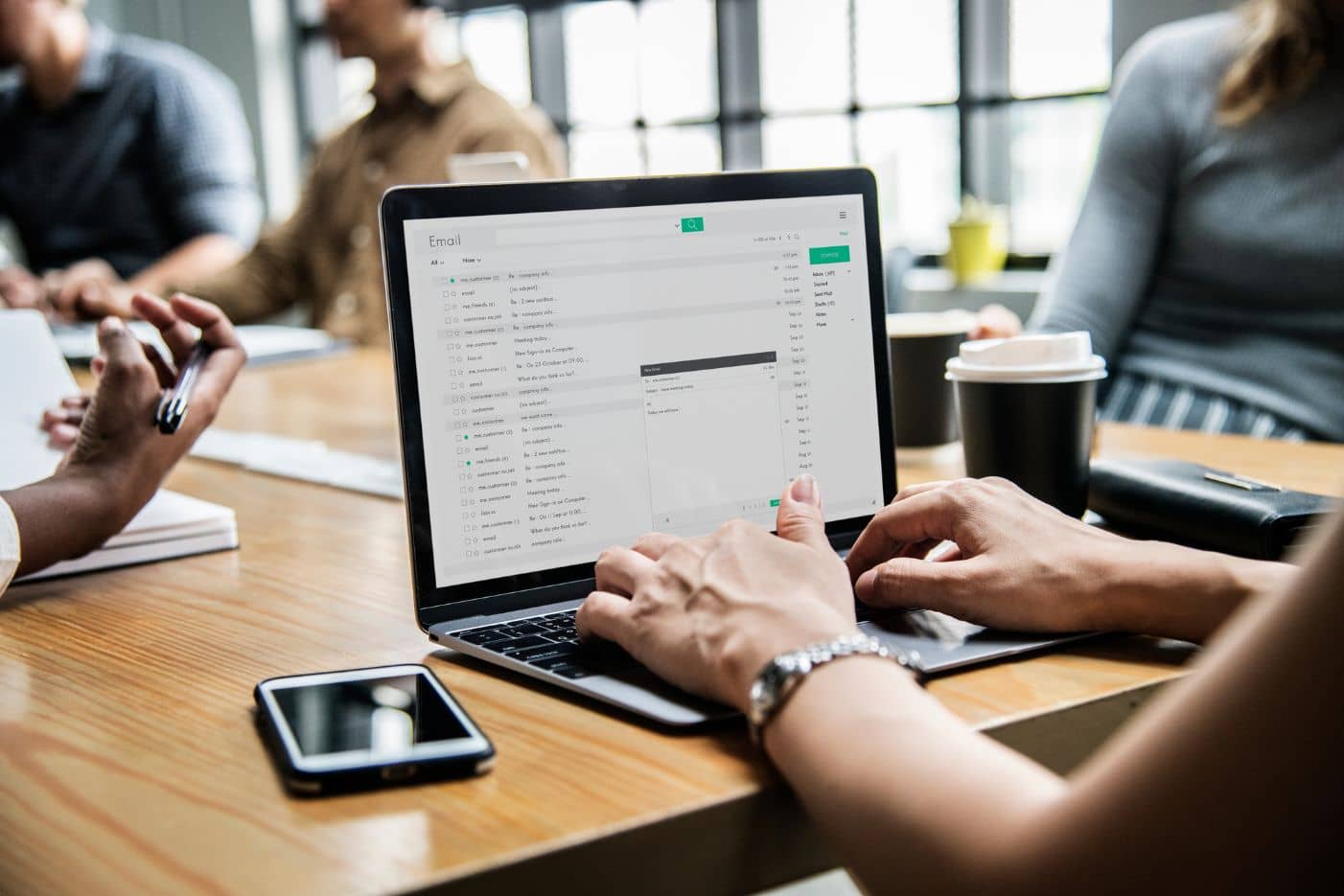Key learnings: How to stop data leaks in their tracks
- Lock it down with encryption: Make strong encryption your data's best friend.
- Get a safety net: Don't rely on the human eye - put controls in place to prevent people from making mistakes.
- Access controls: Implement MFA (multi-factor authentication) to ensure your data doen't fall into the wrong hands.
- Use a data fortress: Whether it's a large file or a sensitive one - make sure your data transfer platforms are secure and compliant.
- Empower your team: Be security superheroes! Train employees to spot threats and protect data.
Why data loss should keep you up at night (and what to do about it)
Sharing sensitive info is business as usual, right? But a data breach? That's a business nightmare. Legal woes, reputation in tatters, and a hefty financial hit. Learning how to prevent data loss isn't just smart; it's survival. We're here to show you five game-changing tips to keep your data locked down and your peace of mind intact.
5 pro tips to share sensitive info like a pro
Tip 1: Encryption: Your data's secret code
Encryption: What's the big deal?
End-to-end encryption scrambles your data on your device, so only the intended recipient can unlock it. No peeking allowed. However, as end-to-end encryption for email has a lot of downsides, so therefore professional organisations prefer zero-access-encryption.
Why is encryption your data loss prevention MVP? Because even if someone gets their hands on your data, it's gibberish to them. Encryption is your first and strongest line of defense against breaches.
Actionable step: Encrypt everything that might be sensitive: emails, files, cloud storage. Make it a non-negotiable.
Tip 2: Verify recipients: Stop the "oops" moment
Human error: The silent data loss killer.
Face it, we all make mistakes. But one wrong click and your sensitive data could be in the wrong hands.
Avoid the data disaster: Don't just rely on people to avoid the seemingly small mistakes. Implement a human error prevention safety net to alert users to unfamiliar recipients in the 'to' box. And, in the instance that something still goes wrong, make it easy for users to revoke access to emails sent in error.
Actionable step: Enhance your email client with AI powered tools to catch mistakes before they happen, and improve your email client's recall functionality.
Tip 3: Access controls: Less is more
The data fortress mentality: Controlling who sees what
Who needs access to what? Limit it. Control it. That's how you prevent insider threats and unauthorized access.
The principle of least privilege: We limit access to our core IT systems - the same should be said for every sensitive email and file we share externally. Assuming your email is going to end up in the right hands is like locking your door but leaving the door wide open.
Actionable step: Enable multi-factor authentication controls into your email environment.
Tip 4: Secure File Sharing Platforms: Ditch the Insecure Methods
Email attachments: Relying on third party file sharing platforms is risky business.
You need to be confident that every platform within your employee's toolbox is secure, robust, and compliant with data protection regulations.
Secure file sharing platforms offer encryption, access controls, audit trails, and data loss prevention (DLP) tools. But they should also be integrated with your primary communications platform - email.
Actionable step: Enhance your email client with secure, compliant file sharing capabilities - so users don't need to jump through hoops to get sensitive attachments from point a to point b.
Tip 5: Employee training: Turn your team into security superheroes
The human firewall: Your greatest asset (or weakness)
Your employees are your first line of defense. But only if they know what they're doing.
When it comes to sharing sensitive data, knowledge really is power. Keeping users up to date with the latest risks, best practices and internal policies sisn't optional; it's essential. That being said, traditional forms of training aren't fit for purpose today.
Our latest research showed that over a third of employees believe their organization's security training to be ineffective or a waste of time, with the majority of employees preferring interactive and scenario-based training formats that mimic real-life situations.
Actionable Step: Bring best-practice to life with integrated real-world training, integrated into employee's everyday tools.
Ready to simplify data loss prevention? Zivver can help.
Take control, prevent data loss. It’s easier than you think.
Sharing sensitive info doesn't have to be a gamble. With the right tools, you can keep your data safe and sound. Implement these five tips, and you'll be well on your way to a more secure future:
- Enhance your email client (be it Gmail or Outlook) with advanced encryption.
- Prevent the leading causes of data loss - human error - with DLP tools
- Enable multi-factor authentication to protect your sensitive emails and files
- Empower users to send sensitive and large files securely by email
- Improve your training and awareness programmes so people actually want to learn
FAQs - Answers to your burning data loss questions
Q: What's DLP anyway?
A: Data Loss Prevention? It's your shield against leaks, theft, and data disasters.
Q: What causes data loss?
A: Human error, hackers, malware... the usual suspects.
Q: Can encryption really stop data loss?
A: Absolutely! It turns your data into an unreadable mess for anyone without the key.
Q: What makes a file sharing platform "secure"?
A: Think encryption, access controls, activity logs – the works.
Q: How often should we train our team?
A: Regularly. Quarterly is a good start. Make it fun, not a chore.
Want to learn more?
Read our latest research across 400 IT leaders and 2000 employees in the UK, USA and Europe to explore how organizations are preventing data loss events in 2025.




